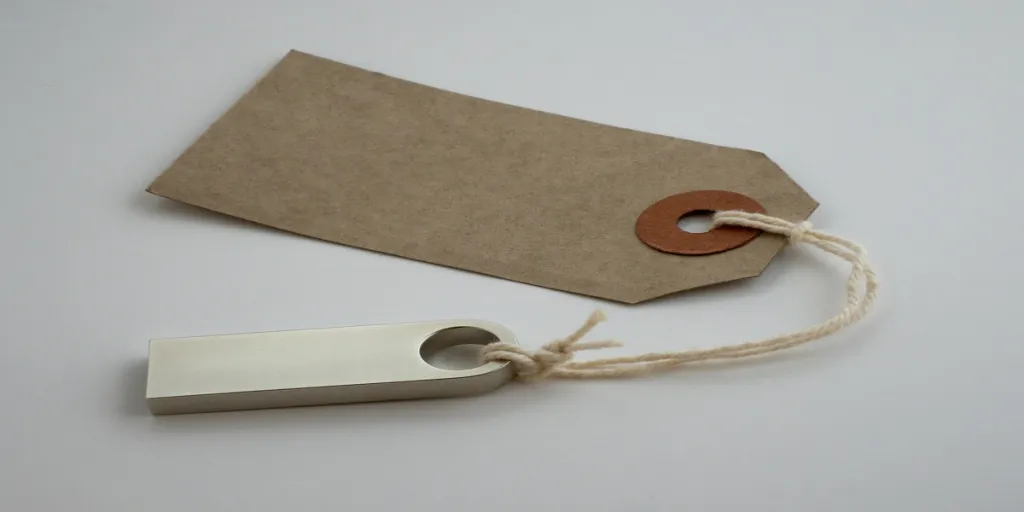Cosmetics users worldwide are becoming increasingly conscious about their use of plastics and non-sustainable packaging. In recent years, we have seen a rise in sustainable materials, such as bamboo and even mushroom leather. How can these natural and biodegradable materials be applied in the cosmetics industry? This article examines how eco can be elegant and why it is more trendy than ever to use sustainable packaging in your cosmetic products.
Table of Contents
Why use sustainable cosmetic packaging?
What types of sustainable packaging are there?
The appeal of sustainable cosmetic packaging
Why use sustainable cosmetic packaging?
Brands are constantly jostling for space within the beauty sector, and their success has become increasingly reliant on appealing to the environmentally-conscious consumer. It should be no surprise that a large proportion of consumer purchasing decisions are driven by visual appeal. This is especially important in an industry that exists because of our desire to create the perfect aesthetic!
Producers are now recognizing the impact of the environmentalist movement on consumer choice. Research shows that over two-thirds of consumers are cutting down on single-use plastics, while nearly as many favor brands that value sustainable practices. This has led to innovations in cosmetic packaging, which must now have visual appeal and low environmental impact.
What types of sustainable packaging are there?
Sustainability is a word that is often referenced in discussions about the environment, but what does it mean about cosmetic packaging? Put simply, it’s about the environmental impact of the packaging. This might be through a clean and efficient manufacturing process or production with natural and raw materials. It can also include packaging that can be reused, upcycled, or recycled.
Glass and metal packaging
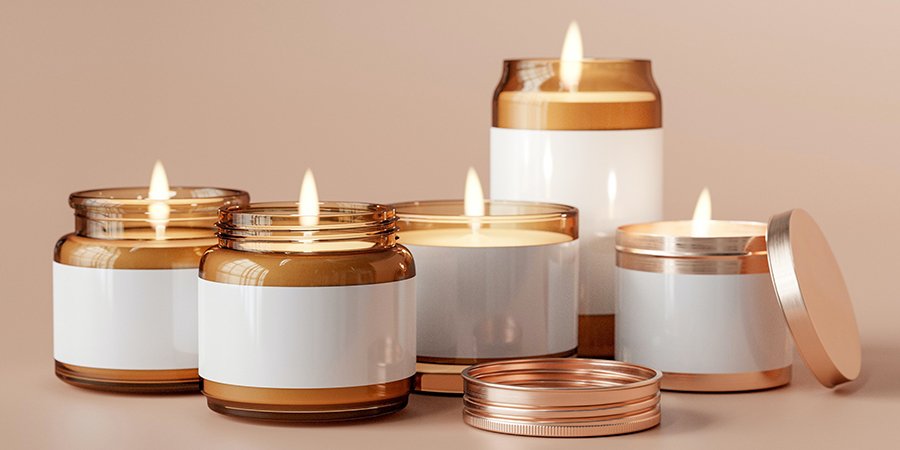
Glass is one of the oldest packaging materials, dating as far back as the Egyptians around 1500 BC. It is a sustainable form of packaging created using naturally occurring materials with no waste products in the manufacturing process. But most importantly, for product packaging, glass is readily recyclable. The benefits and eco-friendliness of glass are also recognized by consumers, of which 9 out of 10 are buying more glass products than three years ago.
The safe and non-toxic nature of glass is perfect for cosmetic packaging and even better for cosmetic brands looking to give off the feeling of luxury. Glass is a beautiful material that can be used to create simple and classic cosmetic packaging.
Paper and cardboard packaging
Paper and cardboard are excellent eco-friendly materials as they are easily recycled and are produced from raw materials that can be acquired from clean, sustainable sources. Such packaging can serve as excellent packaging for dry cosmetics and pastes, such as deodorant sticks. They can be easily printed and decorated to add attractiveness to the packaging as well.
In general, the lack of water resistance of paper and cardboard means that they are not currently suitable for use with all kinds of cosmetics. Creams and liquids can easily break paper fibers, leading to a rupture in the packaging, while the solution of adding plastic barrier coatings and adhesives makes the packaging difficult to recycle. However, some fantastic new technologies suggest that the future of paper and cardboard packaging is bright. For instance, translucent barrier paper with the strength of plastic is an exciting prospect.
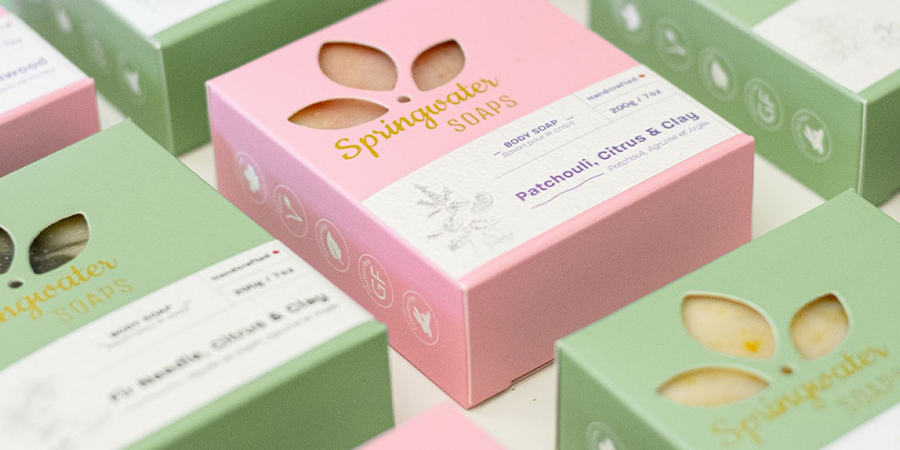
Recyclable, biodegradable, and compostable Plastics
The vast majority of cosmetic packaging is currently made out of plastics. Though plastics are not generally considered “sustainable,” PE packaging is easily recycled and can be reformed into similar products so long as it is not bonded to other plastics. As such, it is still possible to ensure that plastic cosmetic packaging is sustainable. Care must be taken to ensure that plastic components are not combined in a way that hampers recyclability. This may mean concessions have to be made as to the product’s visual appeal.
There have been exciting strides made towards the production of biodegradable and compostable plastics. Some of these are suitable for packaging water and oil-based cosmetic products. While these materials retain all the benefits of traditional plastics, they are still relatively costly to products. The cost of these packaging types should fall in time as more producers enter the sector.
Bamboo packaging
Bamboo packaging is another popular sustainable alternative to classic cosmetic packaging. Such packaging looks highly chic and gives the cosmetic product an instant environmental appeal. As bamboo is a readily available natural resource, its packaging has a relatively small ecological footprint. That said, producers truly concerned with sustainability should carefully consider the manufacturing process as some include harmful chemical additives. This also hinders the extent to which the packaging can be biodegradable.
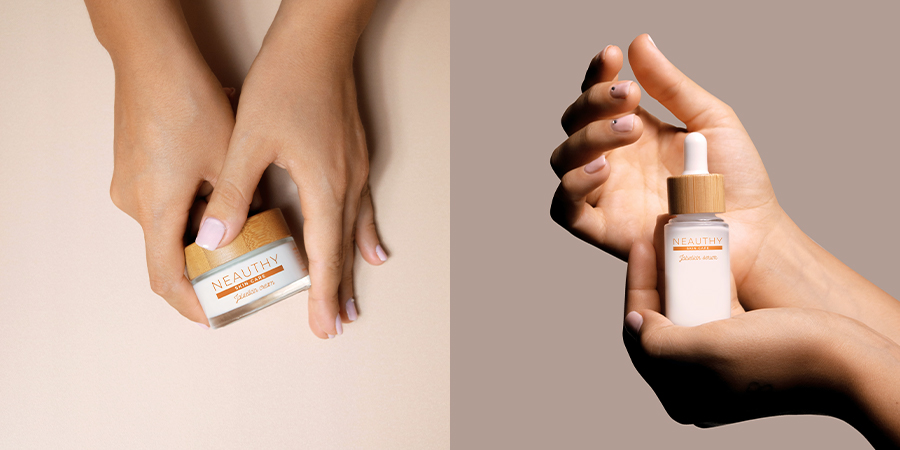
Refillable and reusable packaging
Cosmetic brands with a commitment to sustainability may choose to supply their products as part of a refill system. These generally require consumers to reuse their cosmetic packaging and refill the product at sources such as retail outlets. Depending on your brand’s business model, this may not always be possible. As an alternative, some online-only brands have chosen to supply cosmetic products in bulk. Under this model, customers can decant their product into refillable and reusable packaging such as refillable pump bottles and sprays.
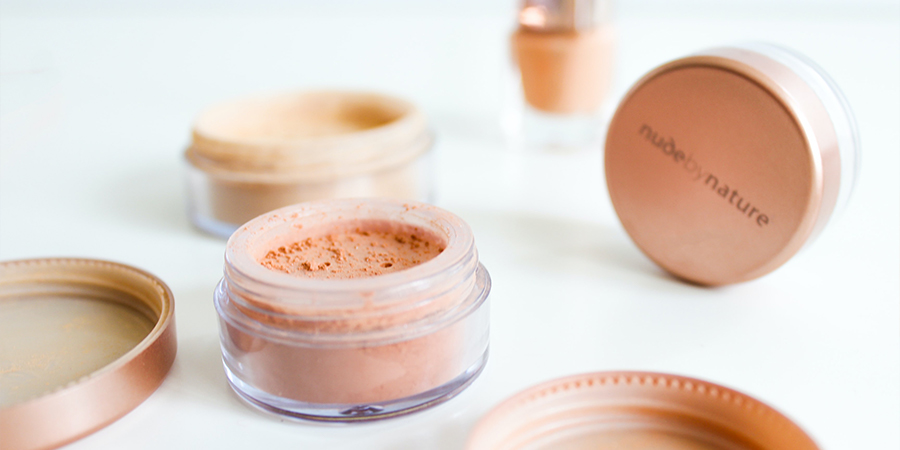
The appeal of sustainable cosmetic packaging
Producers want customizable packaging to create cosmetic products with a strong brand identity. This allows them to stand out amongst competitors in an already saturated beauty industry. Consumers are no longer purely interested just in a brand’s style and have become increasingly aware of the environmental appeal of cosmetic brands. The packaging types mentioned here are excellent for brands seeking to improve their environmental responsibility. They are more likely to impress the environmentally-conscious consumer and thus result in better sales.




